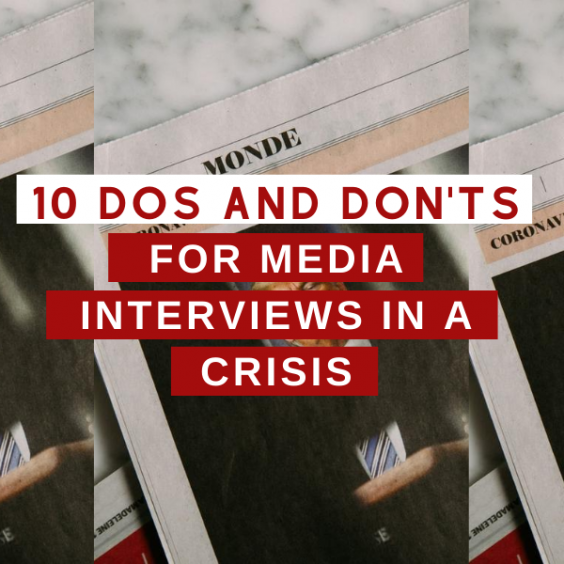Sign up to our monthly newsletter
If you’re a dedicated Netflix viewer, you’re probably as devastated as I am by the high number of fan-favourite shows planning to leave the streaming platform. Two big hits, Friends and The Office, are both departing for their respective parent companies’ streaming services within the next two years, as Netflix places greater emphasis on its original content.
Is the golden era of variety content platforms like Netflix over? Netflix lost subscribers for the first time ever in Q2 of 2019, prompting some to suggest exactly that.
Think about it in terms of social media. Despite being the first major international social media platform, Facebook isn’t the only option anymore, and has lost 15 million users in the past two years. Many have jumped ship for more specialised photo-sharing platforms like Instagram or chat-based social media apps like Snapchat.
The sudden proliferation of streaming services suggests we’ll also see greater specialisation in the content market, which isn’t just a crisis for all of us Netflix fans out there – it also has the potential to impact marketers.
The challenge of reaching a segmented audience
If every member of a specific audience is using the same platform for all of their needs, reaching any member of that audience is easy. Marketers don’t have to think twice about what platform they want to target, because they know that by using that one platform, they’ll be tapping into the right audience.
However, if these audiences are diluted, marketers will have to spend more time (and money) investing in a variety of platforms to reach that exact same audience. Again, think about social media – people use LinkedIn for networking, Instagram for sharing pictures and Twitter for conversations. Although you can share the same base information on all three of these platforms, all marketers understand the need to curate different content on each to accurately target and engage the correct audience.
Not only is this likely to be more expensive, but it also requires more work on the marketing end. Time will need to be spent analysing where to invest resources and creating those different types of content, in order to get the best possible outcome.
The diversification of platforms isn’t necessarily a bad thing – it’s always best to reach the most targeted audience possible, after all. However, it’s important to be aware of the extra steps involved, so you can be transparent with clients and ensure they’re getting the most value from your time.
Ultimately, the narrowing of services offered by each individual content platform means that marketers don’t just have to think about what to say anymore – they also need to think about where to say it.
Three tips to keep in mind:
- Know your audience
Know who you’re trying to reach on what platform, and try to curate your content to be as appealing as possible to that audience.
- Know your client’s business objectives
Why is a client promoting something on one platform, but not another? Are they using said platform for lead gen, increased engagement, or something else? Tweak your content to align with your client’s goals.
- Not every platform is for everything
By becoming familiar with different platforms and their audiences, you’ll be able to best fulfil your clients’ specific objectives.
Don’t let your b2b content fall on deaf ears. Drop us a line at hello@rlyl.com and we’ll help make sure your content is seen by the right people, on the right platform, at the right time.
Sign up to our monthly newsletter



